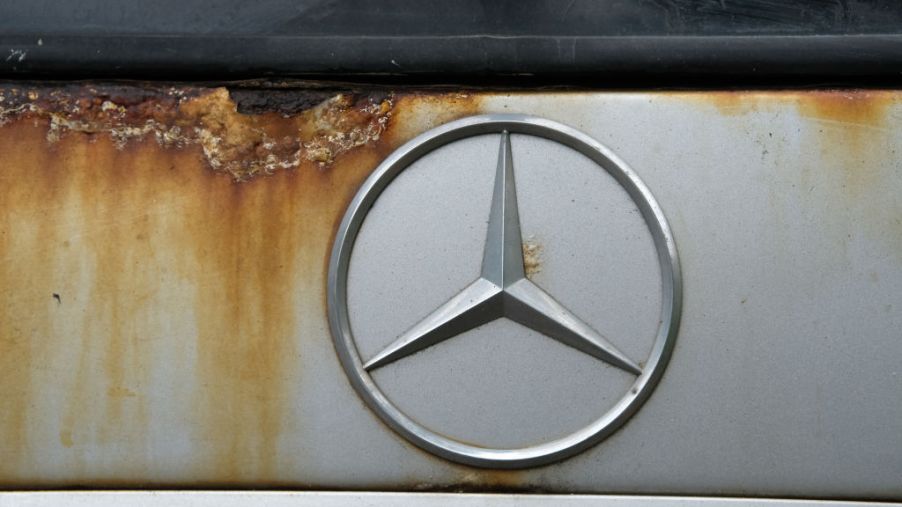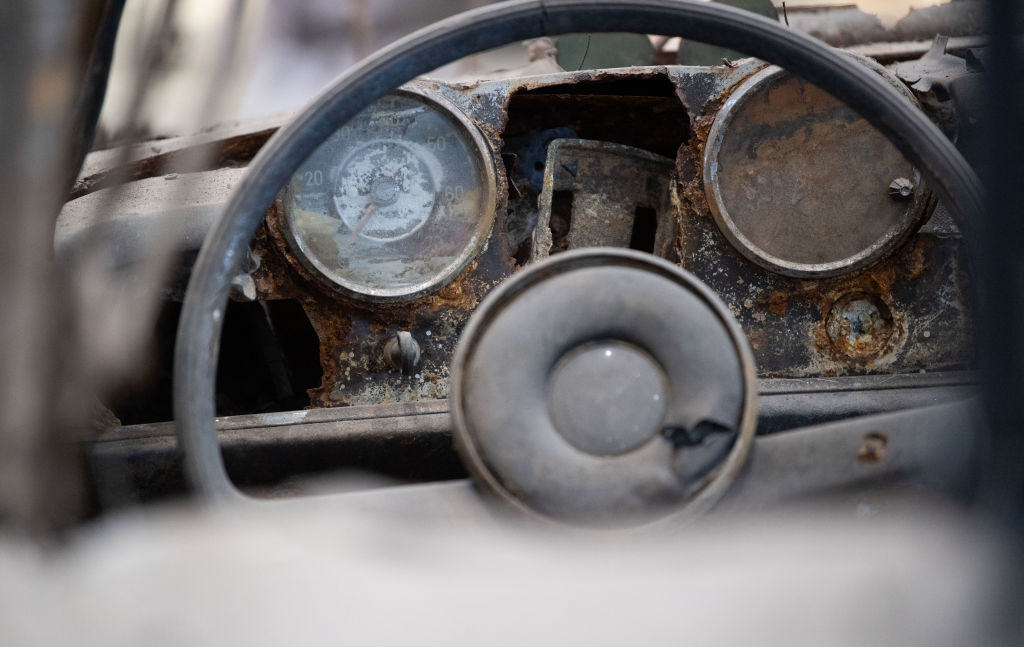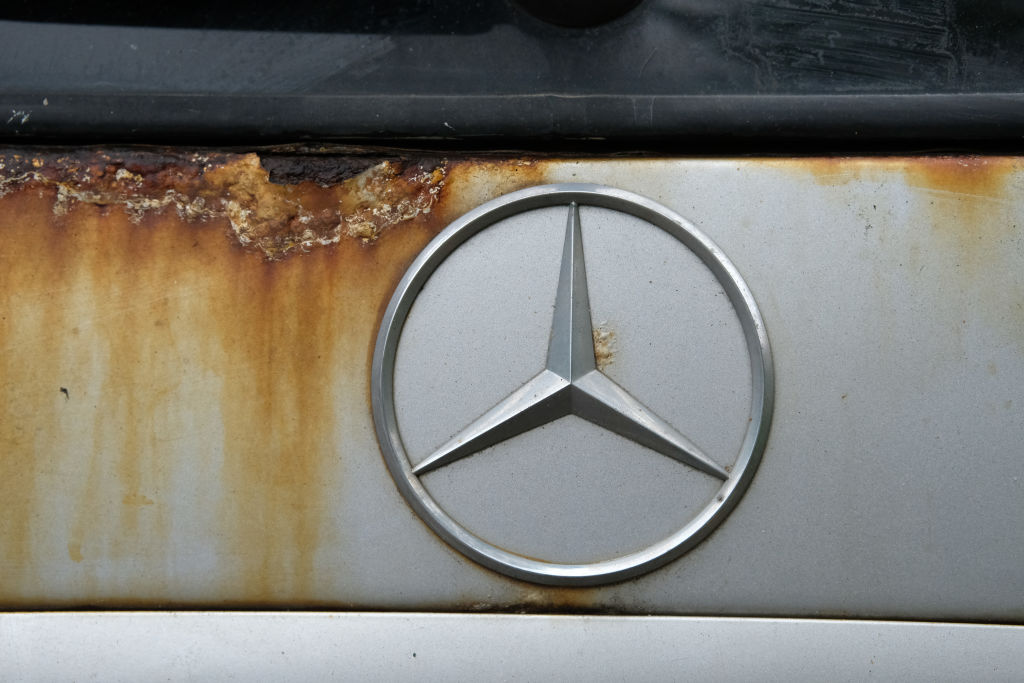
Does Not Driving Your Car Still Cause Damage
If you find yourself – for whatever reason – not revving up your car every day or taking it for a spin around town, you may not think twice about general maintenance like oil changes or tire rotations. In fact, you might just think your trusty steel-steed is sitting patiently in the garage awaiting your return, ready to turn over and take off with the twist of a key. We may like to imagine our cars stay in whatever condition we leave them in, but not driving your car for a while can still cause some gnarly damage.
Tire Rot
Tire rot is like a death sentence for your tires, and while they may appear safe to drive on at first, they can be dangerous. You can get dry rot on your tires for a number of reasons, but let’s focus on the topic at hand – leaving your tires unused can be just as bad as driving them underinflated.
Decreased Battery Life
While it may not be your first thought, leaving your battery unused can also cause it to drain slowly. If the battery goes completely dead – and stays completely dead for too long – you may not be able to jumpstart it or recharge. This means replacing your battery altogether.
Rust and Corrosion
In a world where composites are quickly becoming more popular, you may not be consciously aware of how much metal is still exposed on your car. Sure, if you live in the areas where you experience snow or roads caked with salt you may be more warry of the possibility of rust, but even leaving your car outside in the spring or in moist climates can cause the undercarriage of the car to rust, weakening the car’s structure and causing some hard-to-repair damage.

Paint and Body Damage
You may lovingly store your undriven car within the safe confines of your garage, but chances are if you’re not driving it that you’re more inclined to want to pull your daily driver into the safe haven of your garage. While paint and body damage is really only a concern for people that leave their undriven cars outside or in semi-open carports, the threat is still there.
Leaving your car in bare sunlight day after day can expose the car to more harmful UV rays that it otherwise might avoid. Obviously your car isn’t going to get a sunburn, but harmful rays from the sun can cause a clear coat over your car’s paint to oxidize and begin to fail. This leaves blotchy, peeling spots around your car that can only be salvaged by repainting.
Mild winds or animals can also cause harm to your car. An overfed outdoor cat might find its home sunbathing on your hood or roof, leaving massive dents. Acorns and small debris blown around by the wind can cause small dings and dents. Many of these problems can be mitigated by using a tarp or a car cover, but the only safe way to protect your undriven car is to store it in the garage.

Mechanical Seizures
No, I’m not talking about the type of seizures that lead to overnight hospital stays. Mechanical seizures in the motor can be caused when oil is not regularly circulating throughout the motor, as it would be if the car was being driven more regularly. The internal components of the motor are designs to be covered in oil, and when that fails to happen they can become corroded and stuck.
Brake Failure
Whether you leave your car for a few days or a few months, you’ve probably started noticing corrosion building up on your rotors. While a quick drive after leaving your car sit for a day or two can dust most of the rust off and get your brakes back into shape, the longer the brake pads and rotors are exposed to rust and corrosion the harder they are to repair.
Leaving the brake lines unused can also cause some pesky problems. Moisture can sneak into the brake lines and cause issues pressurizing the brake fluid. It isn’t much you can do to avoid this except store your car in as dry of an environment as possible.
While some of these major pitfalls can be avoided just by storing your car in your garage or undercover, it’s still beneficial to start your car up and let the battery work. Circulating the oil and other fluids can be beneficial to your motor and other mechanical components and keep your car in better shape, waiting for you to return to drive it.


